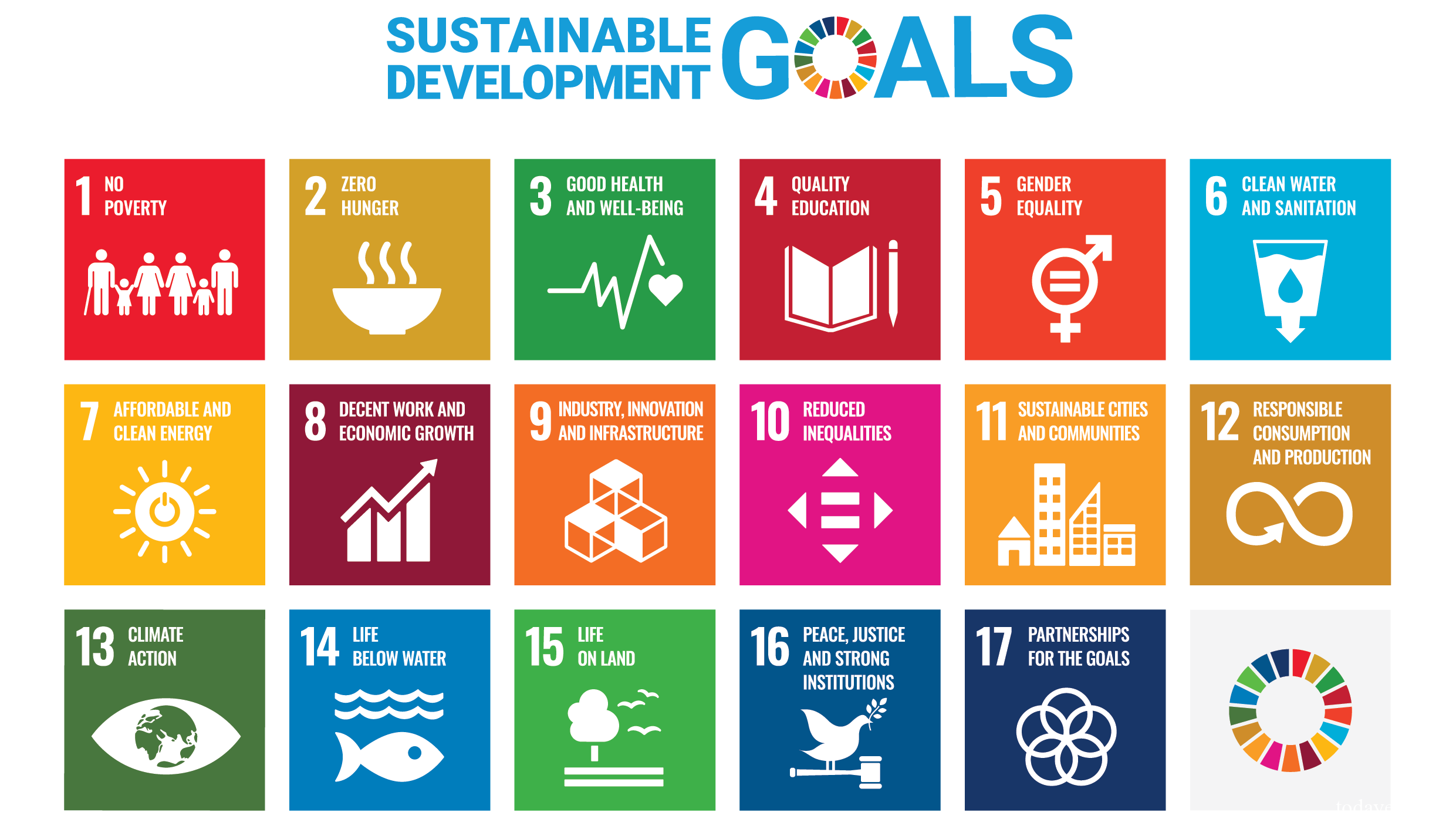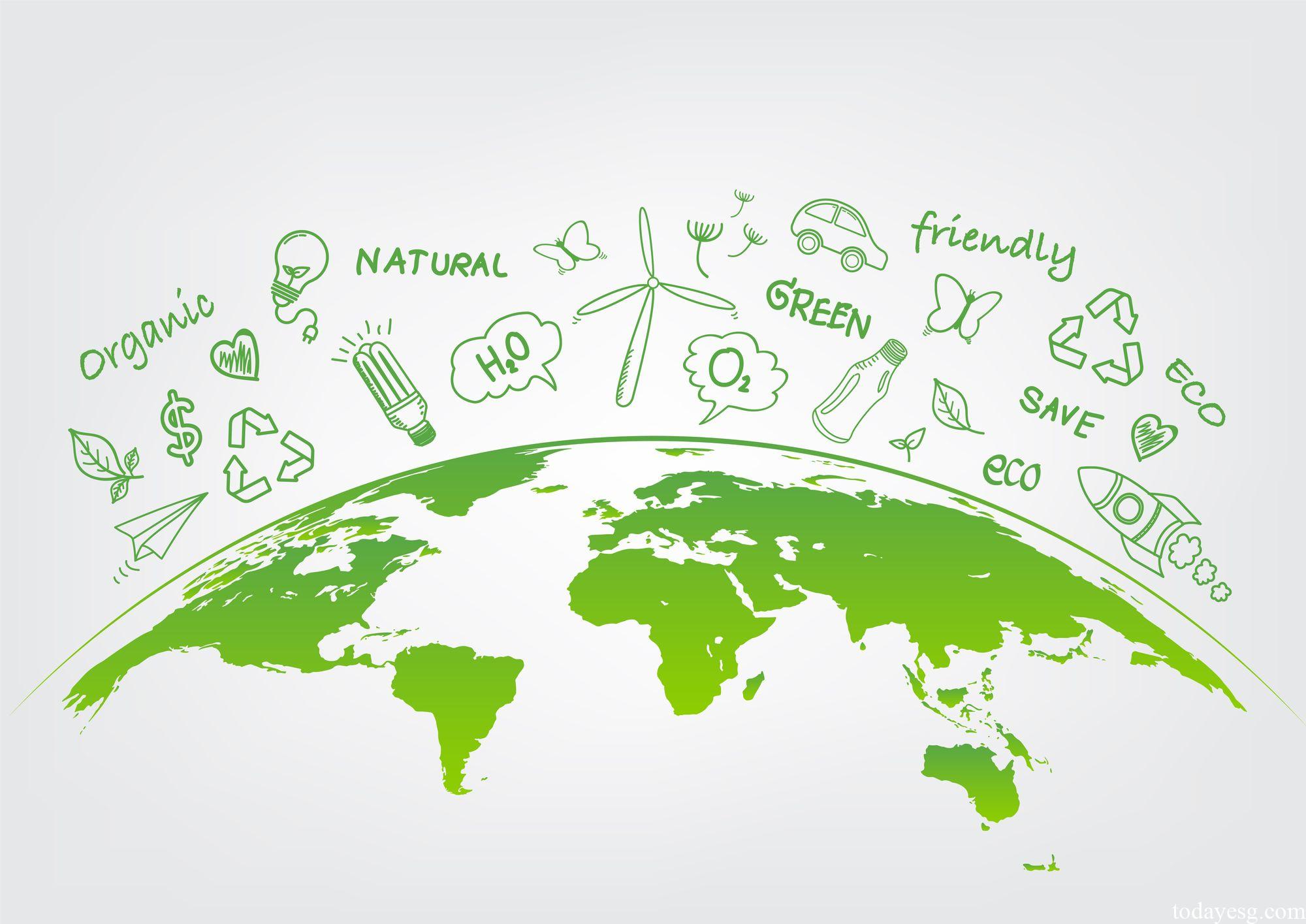United Nations Sustainable Development Goals
The United Nations Sustainable Development Goals (SDGs) are derived from the 2030 Agenda for Sustainable Development, consisting of 17 Sustainable Development Goals and 169 related goals, with the aim of eradicating poverty, protecting the planet, and ensuring prosperity and development.
The sustainable development goals involve multiple economic, social, and environmental aspects, and call on countries to take action to establish relevant frameworks. In addition, the United Nations regularly organizes high-level forums to provide countries with review meetings on the implementation of these goals.
Introduction to Sustainable Development Goals
The definition of sustainable development originally came from the Brundtland report in 1987, which was released by the World Commission on Environment and Development, defining sustainable development as development that meets the needs of contemporary people without compromising the ability of future generations to meet their own needs. This is also the most widely used definition of sustainable development.
After the release of the Brundtland report, sustainable development has reached multiple important milestones:
- 1992 Rio Declaration on Environment and Development;
- 1994 Program of Action of the International Conference on Population and Development;
- 1995 World Summit for Social Development
- 2002 Millennium Declaration
- 2012 United Nations Conference on Sustainable Development
In 2015, the United Nations Conference adopted Transforming our world: the 2030 Agenda for Sustainable Development. This document officially proposes 17 sustainable development goals and 169 related goals. Although these goals are not legally binding, countries will establish development frameworks based on autonomy.
The 17 SDGs are as follows:
| No poverty | Zero hunger | Good health and well-being |
| Quality education | Gender equality | Clean water and sanitation |
| Affordable and clean energy | Decent work and economic growth | Industry, innovation and infrastructure |
| Reduced inequalities | Sustainable cities and communities | Responsible consumption and production |
| Climate action | Life below water | Life on land |
| Peace, justice and strong institutions | Partnerships for the goals |

Application of Sustainable Development Goals
In order to implement the Sustainable Development Goals, the United Nations adopted a list of indicators for the Goals in 2017, which includes a total of 232 specific indicators. In 2020, the United Nations conducted a comprehensive review of indicators, and there are a total of 231 indicators in the current indicator list. The United Nations plans to review it again in 2025.
In addition to the overall indicator list, each region also modifies and improves these indicators based on their own development situation. The United Nations Economic Commission for Europe (UNECE) has selected 80 indicators from the global list and released the Roadmap on Statistics for Sustainable Development Goals in 2017 and 2022 to help stakeholders measure sustainable development.
Progress on Sustainable Development Goals in the European Union
The European Statistical Office (Eurostat) has released the seventh edition of the Sustainable Development Goals Monitoring Report, which evaluates the progress of the EU in 17 sustainable goals and selects 100 relevant indicators based on policy relevance and statistical quality. In addition, the EU plans to submit a voluntary review at the United Nations meeting in July this year.
In recent years, the European Union has released multiple documents aimed at strengthening the construction of sustainable development goals. For example, the European Green Deal, Climate Law, and the European Pillar of Social Rights Action Plan. In 2020, the EU released the Next Generation EU plan to accelerate green and Digital transformation. At the same time, in terms of net zero economic development, the EU has established the Recovery and Resilience Facility, which focuses on providing priority investment opportunities.
In the implementation of 17 sustainable development goals, the EU has made significant progress in economic growth, poverty reduction, and other areas, as well as in reducing inequality and ensuring high-quality education. The EU plans to make more progress in climate action, global partnerships, and other areas.
Reference:
Sustainable Development in the European Union
ESG Advertisements Contact:todayesg@gmail.com
Appendix: UN SDGs and 5Ps
| UN SDGs and 5Ps | |
| 5Ps | UN SDGs |
| People | SDG 1 No Poverty |
| SDG 2 Zero Hunger | |
| SDG 3 Good Health and Well-being | |
| SDG 4 Quality Education | |
| SDG 5 Gender Equality | |
| Planet | SDG 6 Clean Water and Sanitation |
| Prosperity | SDG 7 Affordable and Clean Energy |
| SDG 8 Decent Work and Economic Growth | |
| SDG 9 Industry, Innovation and Infrastructure | |
| SDG 10 Reduced Inequalities | |
| SDG 11 Sustainable Cities and Communities | |
| Planet | SDG 12 Responsible Consumption and Production |
| SDG 13 Climate Action | |
| SDG 14 Life below Water | |
| SDG 15 Life on Land | |
| Peace | SDG 16 Peace, Justice and Strong Institutions |
| Partnership | SDG 17 Partnerships for the Goals |








